· Let’s choose housing as the essential object of the city
· Let’s have a look at the place where’s it’s implemented (urban extensions, downtowns, outskirts...)
· Let’s check the occupancy data of the territory in which it is located (number of inhabitants, density...)
· Let’s check the insertion into the urban grid (plot occupancy, planning permission, number of dwellings...)
· Let’s find out who’s doing the development (private initiative, public, mixed...)
· Who are the users? (the young, the elderly, anyone...)
· With a bit of luck there might be other uses in the project (businesses, offices, facilities...)
· Let’s ask the authors nicely to let us know the build cost per m2
· Let’s adapt the cost to the purchasing power of the country where it’s located. This is inevitable if we want to compare on equal footing
· Once inside, let’s see how the common spaces are distributed
· Let’s find out how many dwelling sizes there are in each project (1, 2, 3 or more bedrooms....)
· Let’s have a snoop around the building sections (1:50)
· Let’s rake through the details (1:20)
· Let’s look at how the materials appear in the facade and on the roof
· Let’s analyze the layers of the envelope with a simple colour code
· Let’s ask the authors which sustainable strategies they’ve used (sometimes they reply, sometimes...)
· Let’s add a good collection of photos
· Let’s do this 32 times and compare
· Finally, let’s add some thoughts and findings
· This is, more or less, what we call HoCo








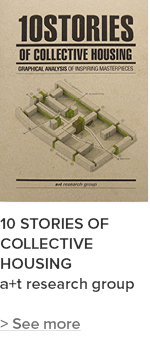



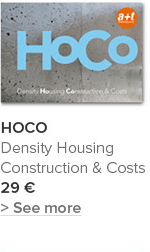

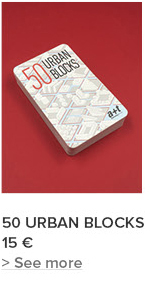
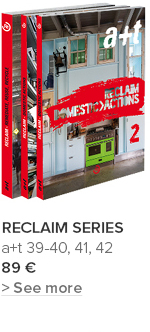

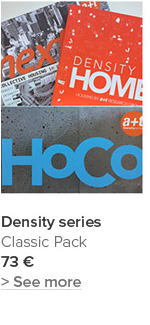








 I've read and agree to
I've read and agree to 


